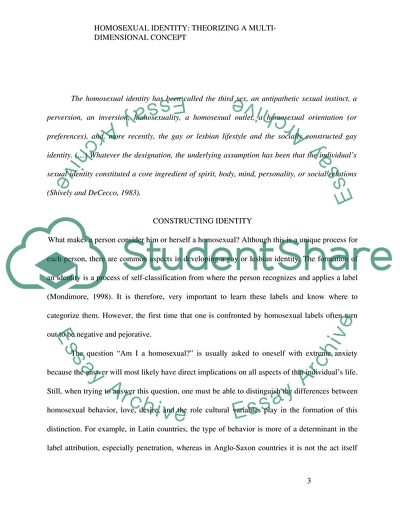Cite this document
(Homosexual Identity: Theorizing a Multi-Dimensional Concept Research Paper, n.d.)
Homosexual Identity: Theorizing a Multi-Dimensional Concept Research Paper. Retrieved from https://studentshare.org/gender-sexual-studies/1729651-homosexual-identity-theorizing-a-multidimensional-concept
Homosexual Identity: Theorizing a Multi-Dimensional Concept Research Paper. Retrieved from https://studentshare.org/gender-sexual-studies/1729651-homosexual-identity-theorizing-a-multidimensional-concept
(Homosexual Identity: Theorizing a Multi-Dimensional Concept Research Paper)
Homosexual Identity: Theorizing a Multi-Dimensional Concept Research Paper. https://studentshare.org/gender-sexual-studies/1729651-homosexual-identity-theorizing-a-multidimensional-concept.
Homosexual Identity: Theorizing a Multi-Dimensional Concept Research Paper. https://studentshare.org/gender-sexual-studies/1729651-homosexual-identity-theorizing-a-multidimensional-concept.
“Homosexual Identity: Theorizing a Multi-Dimensional Concept Research Paper”. https://studentshare.org/gender-sexual-studies/1729651-homosexual-identity-theorizing-a-multidimensional-concept.


